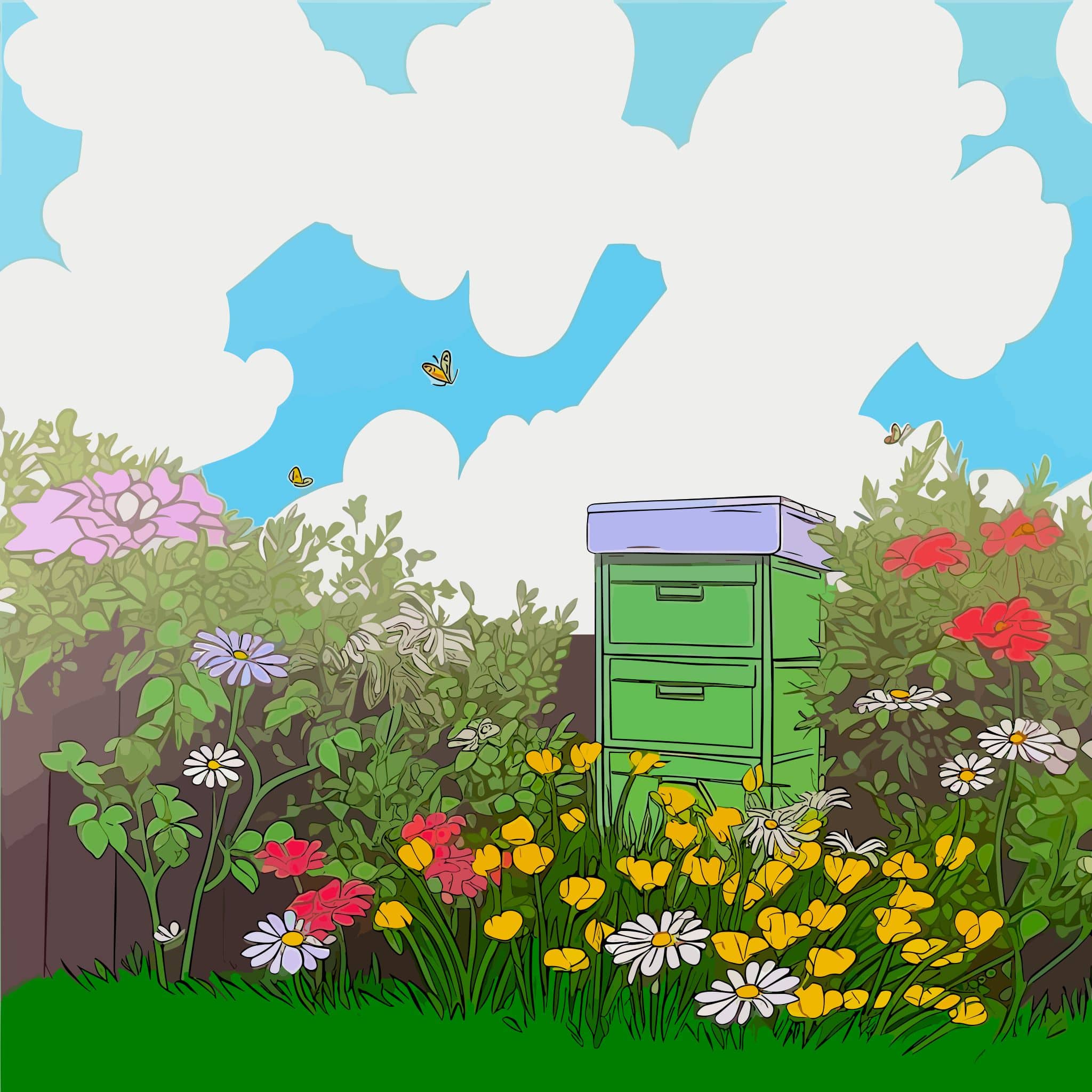Your basket is currently empty!
Home / Year in Review / 2023 – Our first year beekeeping
2023 – OUR FIRST YEAR BEEKEEPING
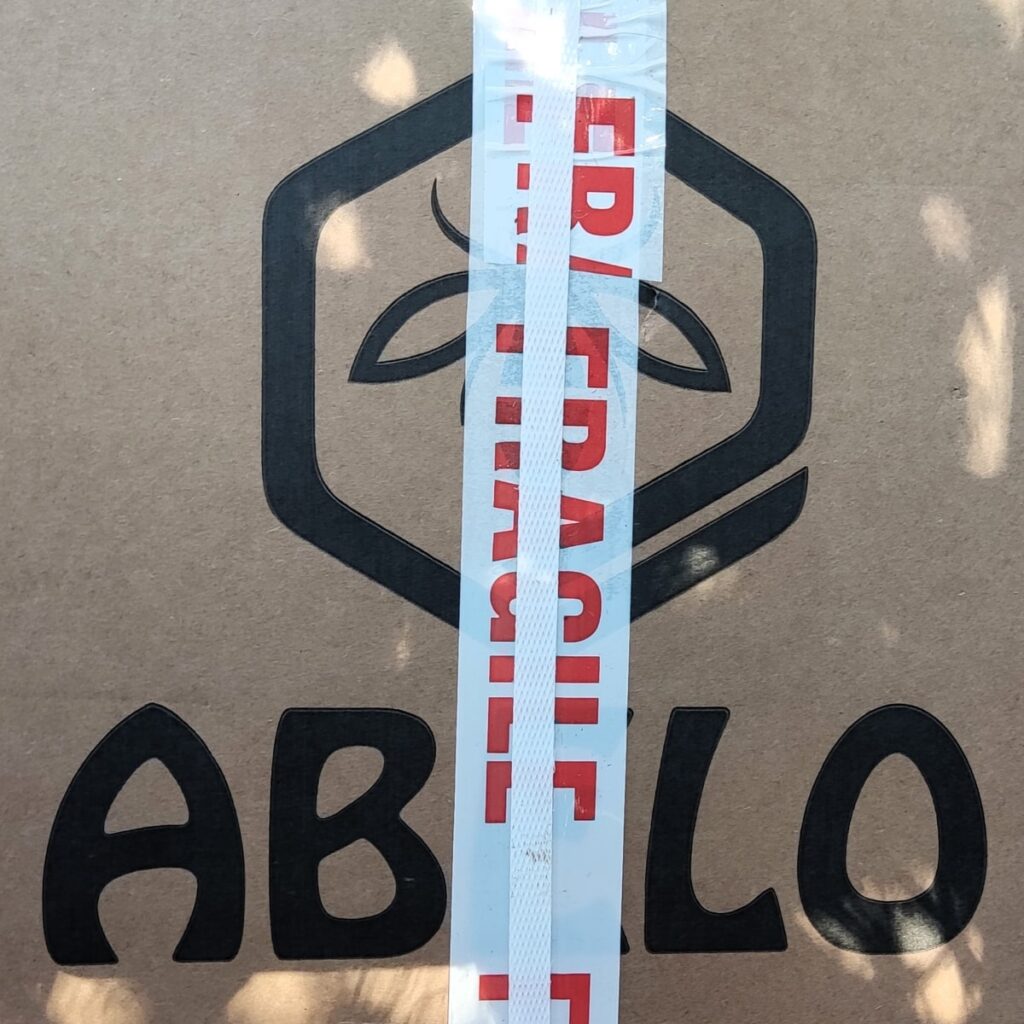
December ’23 – Just leave them bee
Going into December there were two things we wanted to tackle. Firstly, build the Black Friday purchases, and secondly, do a final treatment for varroa mites.
Christmas shopping took over any thoughts of constructing the Black Friday purchases and with Christmas and New Year spent away with the family, this is something that will have to be tackled in January. By the way, Happy New Year everyone!
The treatment to be used against the varroa mites is something called Oxalic Acid Trickle Treatment. This essentially involves trickling/dribbling oxalic acid over the bees in the hive resulting in any varroa mites on the bees being killed. For the treatment to be effective, the hive needs to be broodless as adult female varroa mites will enter brood cells which become capped offering protection from the oxalic acid. For a hive to be broodless, it is believed a two to three week cold period is needed (the queen will stop laying eggs at this point and any existing brood will have emerged in this timeframe) at the end of the season. With this in mind, our thoughts were to complete the treatment around the winter solstice. However, the temperature around this time was up to 12°C and it had been warm for some time. Ideally, we would treat on a cold calm day with temperatures between 0 and 5°C so the bees stay in a cluster and remain in the hive. Given the less than ideal build-up and situation, we felt that there was as much, if not more, of a chance of doing harm rather than good. So, for now, we’ll just leave the bees be.
All things considered, and looking ahead to 2024, we will likely look to do the oxalic acid trickle treatment in October. For at least the last two years it feels like we have had a cold start to that month. Plus, we would hope the hives would be broodless at this time in large part because they should be full of food for the winter ahead. There is also the benefit that the bees will have plenty of time afterwards to get ready and lock themselves away before we get into the depths of winter.
November ’23 – Rosemary All-Purpose Salve
The hives have been quiet for the most of November. When in the garden we’ll look over to them and perhaps get close to check for a hum. On milder days the odd bee might emerge or we may see a dead bee at a hive entrance as the bees take advantage of the milder weather to do a bit of “housekeeping”. Numbers in the hives are still reducing as we press towards winter, so the odd dead bee is nothing to be concerned about and any temptation we might have to meddle needs to be resisted.
Last month we rendered some wax to be used for Christmas presents. We have since made a herb-infused oil which was mixed with the rendered wax to create a Rosemary All-Purpose Salve. The resulting salve smells strangely like Vicks VapoRub and is maybe a little more solid than I was expecting (not that I have a point of reference), but I’ve been told it works very well. Hopefully this will keep the wife/mum in stock for the next year with the rest finding homes (as gifts) over Christmas.
Finally, as I write, we await our Black Friday “bee” purchases made using the money from honey sales (thanks again to everyone that has purchased). Whilst I do hope to use my time wisely in December and get everything built, I suspect this task will be pushed into January as the pressure of Christmas gift buying kicks in and we find ourselves very quickly in the joys of Christmas itself.
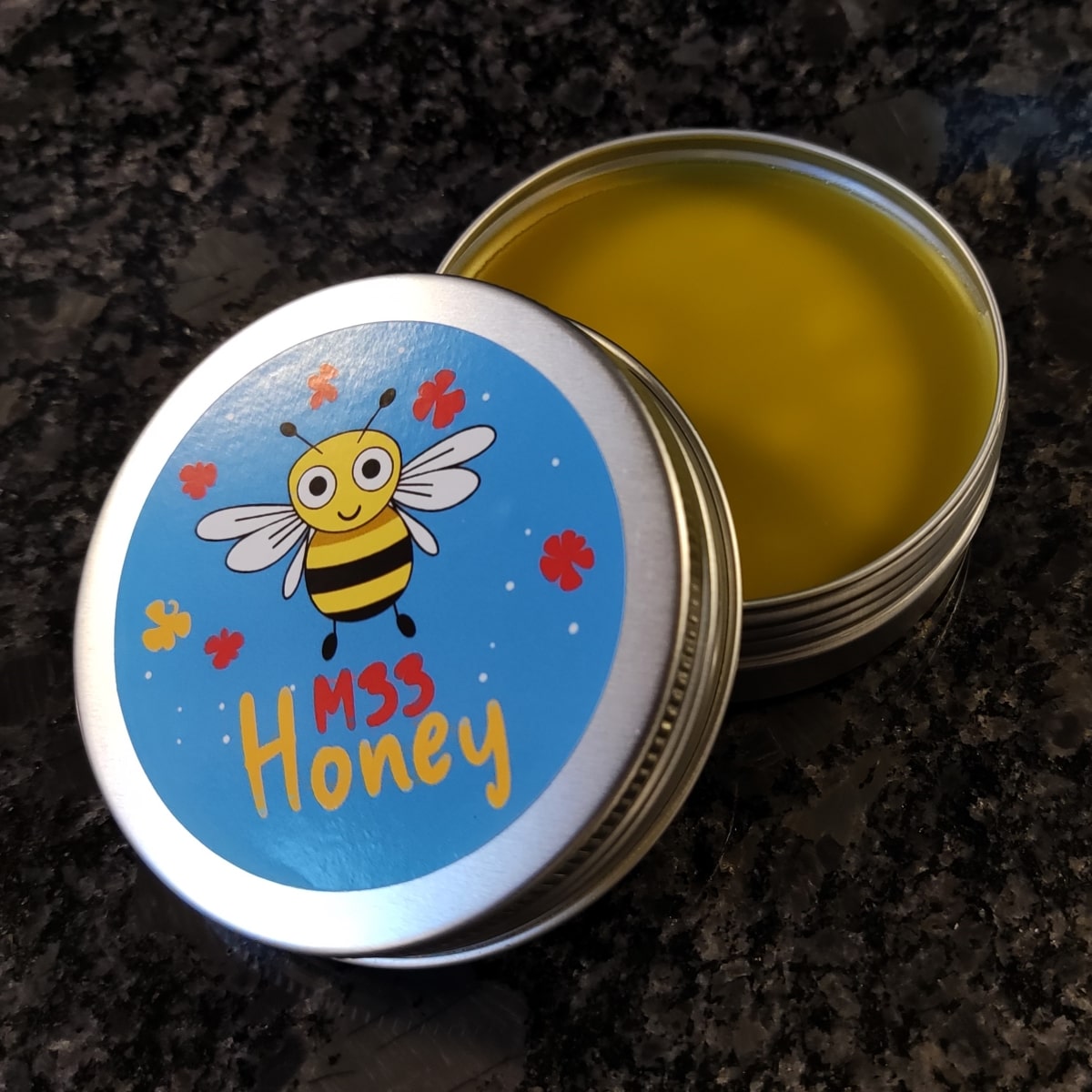
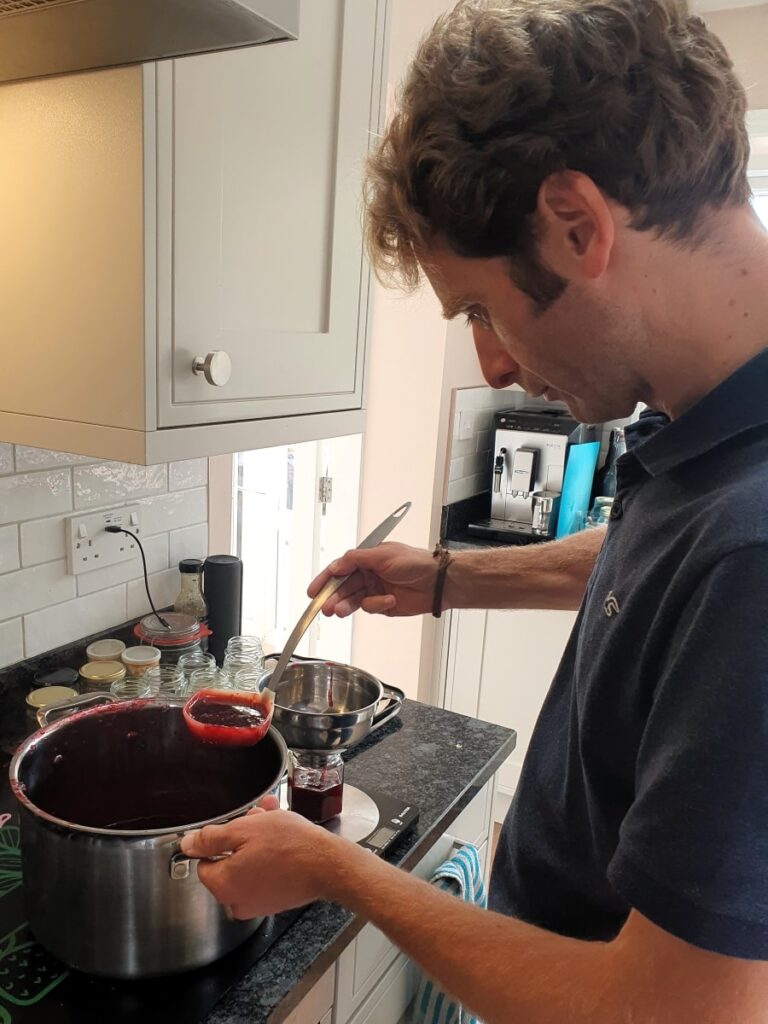
October ’23 – Experimentation & relaxation
Going into October the weather remained unusually warm and the bees (and wasps) continued to be active. The last of the varroa treatments were completed as we look to get the varroa mite (a parasitic mite that attacks and feeds on honey bees) count as low as possible as we head towards winter.
Midway into October the temperature took a dramatic turn with night-time lows at the hive recorded as low as 1 degree Celsius at night. The apiary went from a hive of activity to nothing leading the way to an enjoyable family holiday in Crete during the half term. Of course local Cretan honey was sampled and thyme honey from Samaria purchased. We also saw a manuka tree and flower in the Botanical Park & Gardens of Crete which were a surprising highlight of the holiday.
Before leaving for Crete, during the quiet, we kept ourselves busy learning new skills. A slow cooker was purchased from Facebook Marketplace and put to work as we, for the first time, rendered the wax cappings collected during honey extraction. The resulting wax will be used to make some, hopefully nice, Christmas presents (more to come next month). We also continued with our jam and jelly experimentations using homegrown fruit with Gooseberry Extra Jam with Honey, Raspberry Extra Jam with Honey, Blackberry & Apple Jelly with Honey and Wineberry & Apple Jelly with Honey all made. We have a few surplus jars of the Raspberry Extra Jam with Honey available to buy (email Tristran).
September ’23 – Our first honey!
Learning about and looking after bees is what brought my son and I to the hobby of beekeeping. Getting to harvest and enjoy honey is an incredible by-product of this amazing hobby and this month we harvested our own honey for the first time (which is very cool).
It has been a busy time extracting the honey and to get as much as we have, we are thankful to the bees. We’ve extracted enough to allow us to make sales locally and it has been an unexpected pleasure to meet so many people close by that are appreciative of bees and local honey. With the money that we have made from sales we’re hopeful we’ll get permission (from mum/wife) to add another hive to the garden, bringing us up to our maximum capacity of three. Here’s hoping!
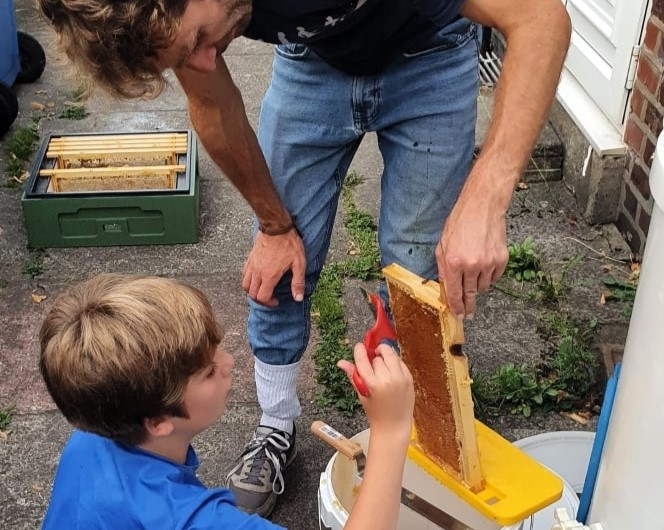

August ’23 – Return of the ghost bee
With the risk of swarming reduced, August has been a time to leave the honeybees to do their thing whilst we enjoy family trips, go camping and order bee supplies in preparation for winter.
We were hoping for a good honey flow in August and whilst we saw the ghost bees returning to the hive (a ghost bee is a bee dusted in white pollen from Himalayan Balsam), the supers haven’t filled-up much. Inspecting the hives, even at the end of August, we are seeing lots of brood (eggs, larvae and pupae of honeybees) – perhaps nature suggesting a good start to September and a late honey flow?
July ’23 – What a washout!
The bees have remained strong throughout July and look healthy. Unfortunately, the honey flow that looked to be coming towards the end of June didn’t materialise as here in Greater Manchester we had the wettest July on record. The bees were unable to get out and forage in their usual numbers and needed the honey stores to keep themselves going. Hopefully we’ll see some nectar coming in from the Himalayan Balsam in August at the end of which we’ll harvest this year’s honey crop.
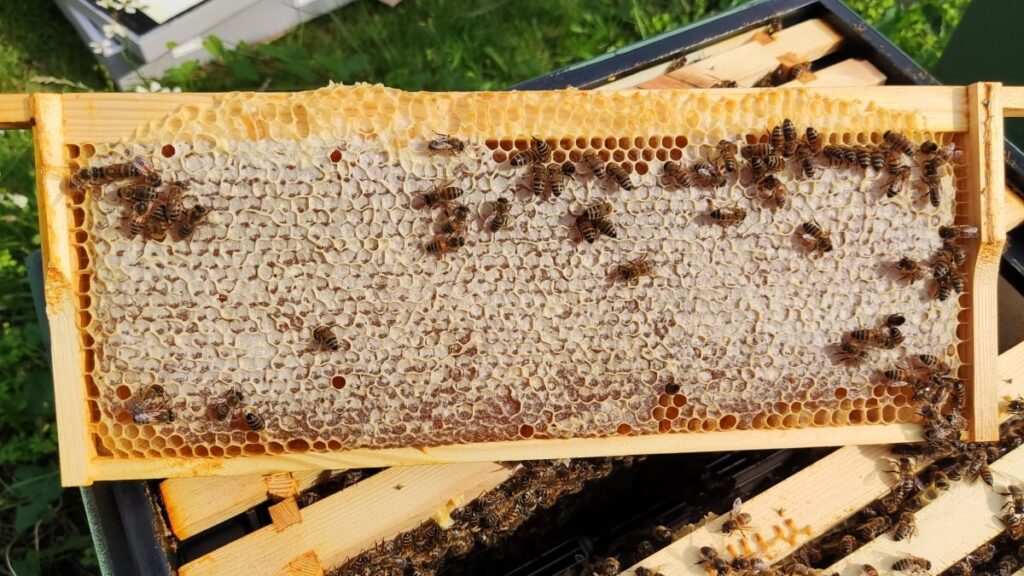
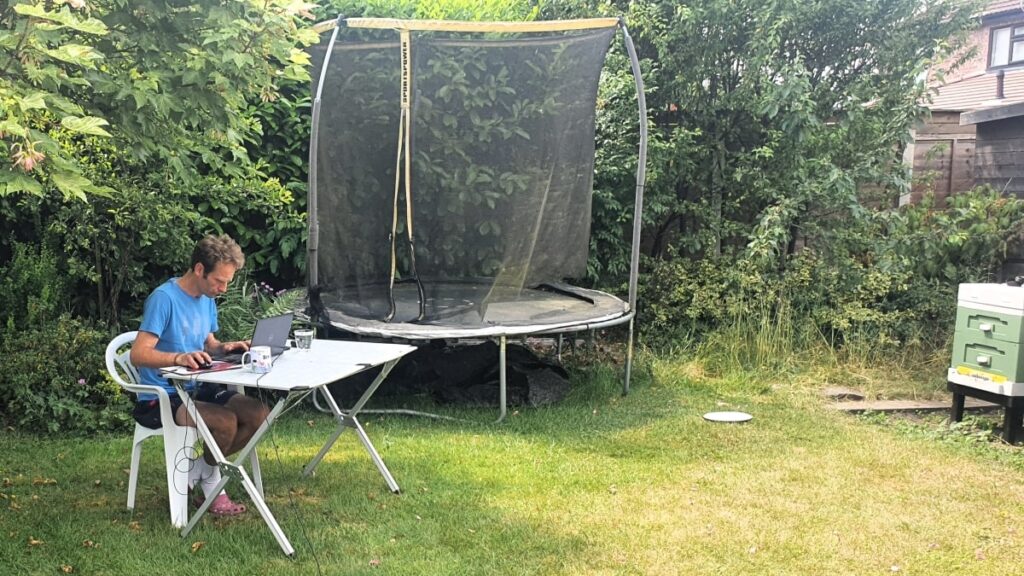
June ’23 – Super to the ready
June has been amazingly hot. So much so I’ve taken to working under a tree where I can watch the bees as I work. There is something just so relaxing about being able to watch them go about their business.
Both hives are doing well with the new hive, the one with the original queen, building up nicely. The original hive, the one with the new queen, looks to be quickly filling up the super (a super is a box that is placed on top of a hive and used to collect honey) with honey. So much so, I’ve ordered a new super and hopefully this will arrive before the hive becomes honey bound.
May ’23 – Our queen becomes a queen mother
May saw the first family camping trip of the year. As per tradition, as we were about to leave, something unexpected happened. This something usually involves my marine fish tank, but refreshingly, this time it was the bees.
During our last inspection of the hive we had missed a queen cell which subsequently became capped. As a result, the bees swarmed gathering on a friendly neighbours tree (this swarm included our queen bee). We very quickly captured the swarm and placed it in a temporary home called a NUC (a small-sized hive in which a small colony of bees can be kept).
A few days after returning from our camping trip our new queen emerged from the capped queen cell. Then, after about another week or so, she had been mated and was laying eggs. It wasn’t in the plan, but we now have two hives which will hopefully increase our chances of getting a colony through the winter later in the year.


April ’23 – Don’t worry, bee happy
Buying a colony of bees, as it should be, is expensive. So, we were hoping to get either a swarm or a split (this is the process of taking a portion of an established colony to create a new one) local to us in M33, Sale. However, in the back of my mind, I did worry that things would get late on into the year, and we would be beeless.
Thankfully, a local bee inspector became aware of a colony that had not been looked after properly in Salford and needed rehoming. That hive is now with us, and we are looking forward to starting our bee journey with them.
